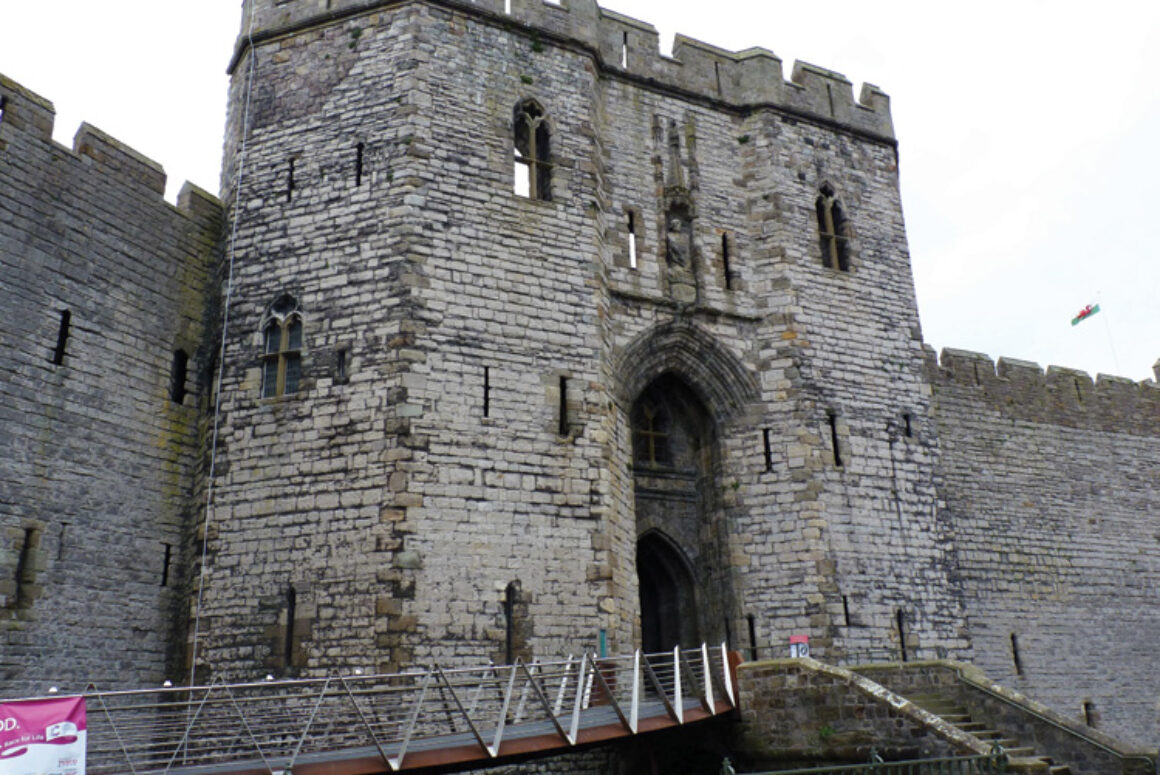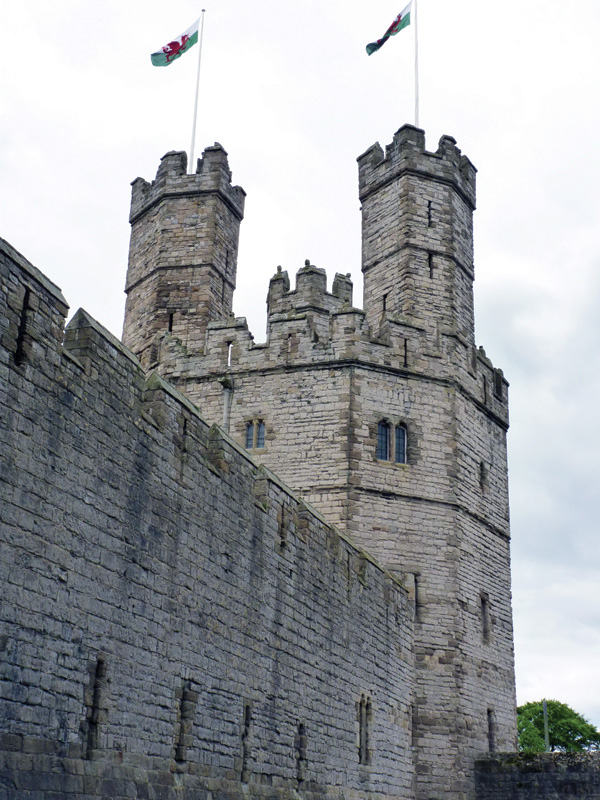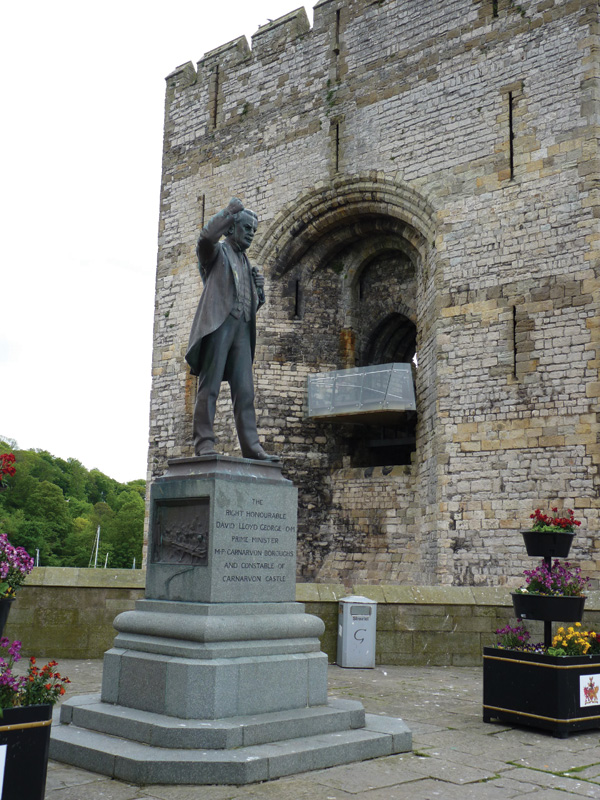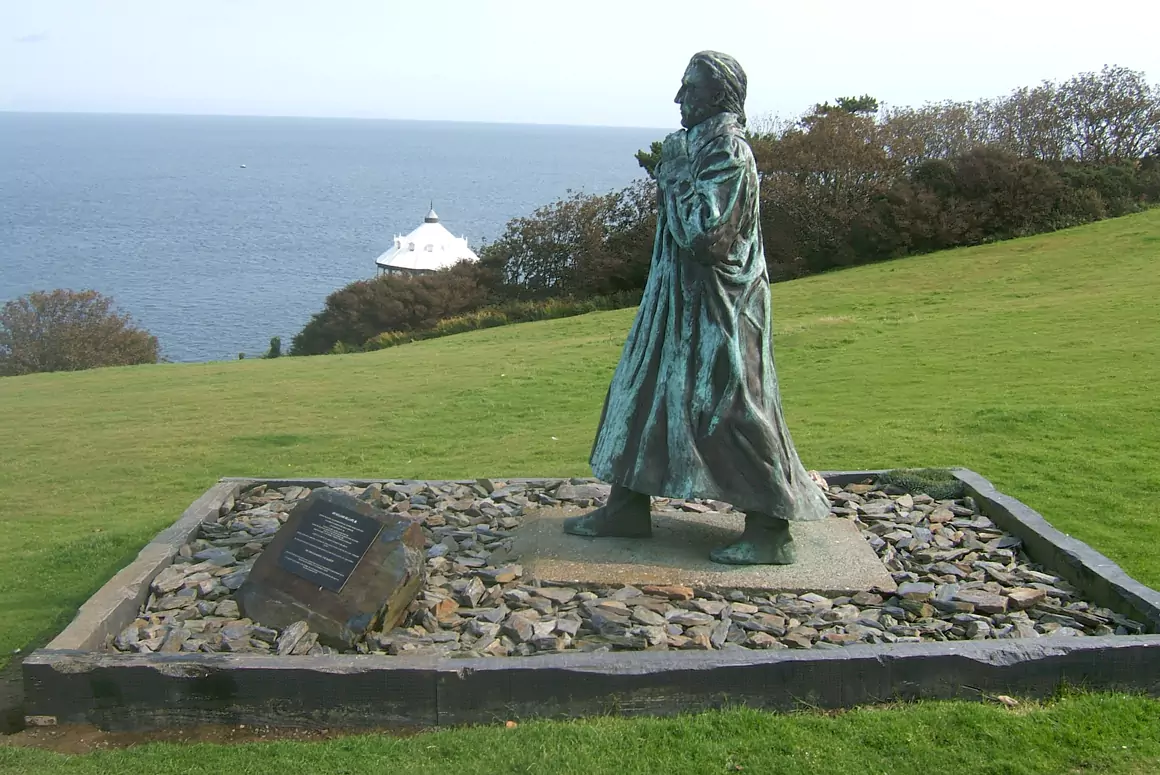![]()
Karen Foy discovers more about the coastal town of Caernarfon and its majestic past. Caernarfon was granted ‘Royal’ status by Queen Elizabeth II in 1963.
Nestling on the north Wales coastline, Caernarfon’s history is rich and diverse; its maze of streets and alleyways offering something for the visitor to discover around every corner. Surprisingly, traces of its ancient past are still visible today, allowing us a unique glimpse back in time.
Built upon the ruins of a Roman settlement, the remains of a period fort known as Segontium can be found on the outskirts of the town. In order to protect the Roman Empire from rebellious tribes, up to 1000 soldiers were garrisoned here from what are now the countries of Belgium and Germany. Auxiliaries were thought to have remained here until the end of the Roman occupation of Britain.
Segontium was founded by the Roman General Gnaeus Julius Agricola, who’s acclaimed military career credits him with much of the Roman conquest of Britain. Visit the site today and you can still see the foundations of the Commander’s House, the Bath House and a Basement Strong Room, despite large amounts of the original stone later being plundered to build Caernarfon Castle.
A Celtic Citadel
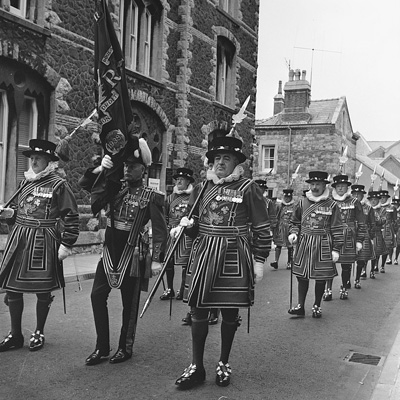
Although Caernarfon did not officially become a royal borough until 1963, the town undoubtedly has regal roots. From the early Celtic Chieftains, to the birth of the first ‘English’ Prince of Wales to parents Edward I and his wife Eleanor of Castille in 1284, right up to the 1969 Investiture of Charles, our present Prince of Wales, Caernarfon’s royal connections span centuries.
The town’s medieval castle was built by King Edward I to ensure an English foothold in the region after the death of the Welsh Prince Llywelyn ap Gruffydd. As part of his formidable ‘iron ring’ of Welsh fortresses encompassing Conwy, Beaumaris, Rhuddlan and Harlech, Edward’s vision guaranteed that Caernarfon Castle was a stronghold built to intimidate in his bid to conquer Wales.
Even today, its sheer size and magnitude is an imposing sight. With thick, reinforced walls, it was designed to evoke the style of citadels in Constantinople; most impressive was the ten-sided Eagle Tower – 10 metres across at its base and originally decorated with stone sculpted eagles. The King’s Gate – which faces the town – is a show of might and power and a truly magnificent entrance way to the castle beyond. Look up and you can see the numerous ‘murder holes’ used for pouring boiling oil and water on the King’s enemies and to deter unwelcome intruders.
Changing Times
At a 13th Century cost of £22,000, the castle was constructed on the site of an older Norman motte and bailey fort, the motte became ‘Castle Green’, a central location where everything from cock fighting to bull baiting took place, along with regular weekly markets. Eventually, Castle Green was renamed ‘Castle Square’ and the buildings around it were replaced with modern shops and abodes.
Along with much older properties like the Black Boy Inn, thought to date back to 1522, and St Mary’s Church, built as a chapel for the town’s garrisoned soldiers; a period of affluence in the 1800s – due to the development of the local slate industry and Caernarfon’s thriving port – saw an array of new buildings begin to appear. The quayside Harbour Trust Offices were constructed in 1840 to facilitate the growing output of slate and minerals to the customer’s ships, as well as to manage the navigational waterways of Caernarfon Bay and the Menai Straits.
Also constructed in the Victorian era and originally known as Caernarvonshire Shire Hall, County Hall is a Grade I listed building. Erected in 1863 by surveyor John Thomas, its decorative stonemasonry and fluted columns makes for a striking sight, along with the iconic statue of ‘Blind Justice’ – carved by Robert Evans of Menai Bridge, presiding on the roof. There has been a County Hall here since the 13th Century, but this building is without doubt the most visually outstanding. Neoclassical in style, Penmon stone from Anglesey and local slate were used in its construction. Located at the junction of Castle Ditch and Shirehall Street, today it is home to both the Crown and Magistrates Courts.
Castle Square also became the home of two commemorative statues. Close to the Castle is a bronze sculpture of David Lloyd George, 1st Earl of Dwyfor and British Prime Minister from 1916 – throughout the remaining years of the Great War – until 1922. The 8ft 10 inch high statue depicts Lloyd George wearing a tail-coat and waistcoat. In one hand he clutches a bundle of papers, whilst his other fist is clenched, gesturing as if giving a speech. The plaques on the sides of the base plinth are decorated with a carved image of a classroom full of children at the Village School in Llanystumdwy, the place where he gained his early education, whilst the other portrays Lloyd George at the Paris Peace Conference of 1919, helping to reinforce the importance of what can be achieved with a good education.
The second statue is of Sir Hugh Owen (1804 – 1881) who, although born in Anglesey, was schooled in Caernarfon. After moving to London in adulthood, he eventually became honorary secretary of the Cambrian Educational Society and led a campaign to establish British Schools in Wales. He was also instrumental in helping to set up a college in Bangor specifically for teacher training. This pioneer of higher education in Wales is immortalised in bronze, holding a book in one hand and a roll of parchment in the other.
Timeless Transportation
Caernarfon’s geographical location alongside the River Seiont and the Menai Straits enabled direct access to the sea and offered the vital maritime links to transport the slate mined from the surrounding area to many other parts of the globe. Over land, the 19th century rail system provided an essential artery between other towns and cities in Britain.
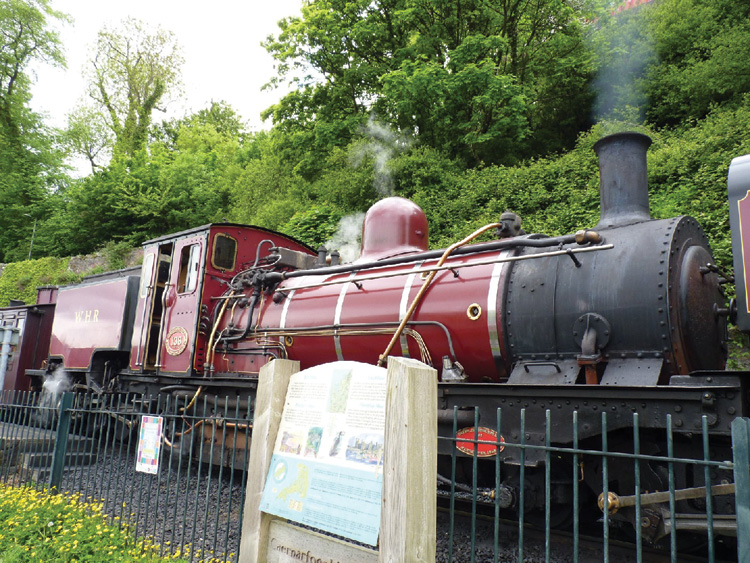
With the introduction of the railways Caernarfon celebrated with the opening of its own station on the 1st July 1852. Within twelve years the branch line had been extended, linking the town to Llanberis and beyond. By 1871, the London and North Western Railway had taken control of the line and a successful passenger service continued to operate for a number of years, bringing tourists to and from the area until the line became a victim of Mr Beeching’s reshaping of the railways in 1964.
Undeniably, the motor vehicle took its toll on the popularity of the railway system, but just as High Street fashions change, so did the ‘attractiveness’ of rail travel, and when the Welsh Highland Railway was restored in 1997, Caernarfon was once again ‘back on track’, when a section of the line was reopened which linked the town to Porthmadog and its terminus for the Ffestiniog Railway. Sightseers and train enthusiasts can embark on the narrow gauge heritage railway at Caernarfon and enjoy a scenic ride on the liveried locomotives, passing through a number of picturesque destinations long the route, including Beddgelert and the Aberglaslyn Pass.
Today, Caernarfon’s combination of bright, open spaces and intriguing narrow streets guarantee that there is something to stimulate the senses of most casual tourists. Despite its 21st century shops, restaurants and cafes, its architectural, maritime and regal history are firmly rooted in the past, making this a truly fascinating town to visit.
Words & Images (unless stated): Karen Foy
First published in Welsh Country Magazine Sept-Oct 2015


